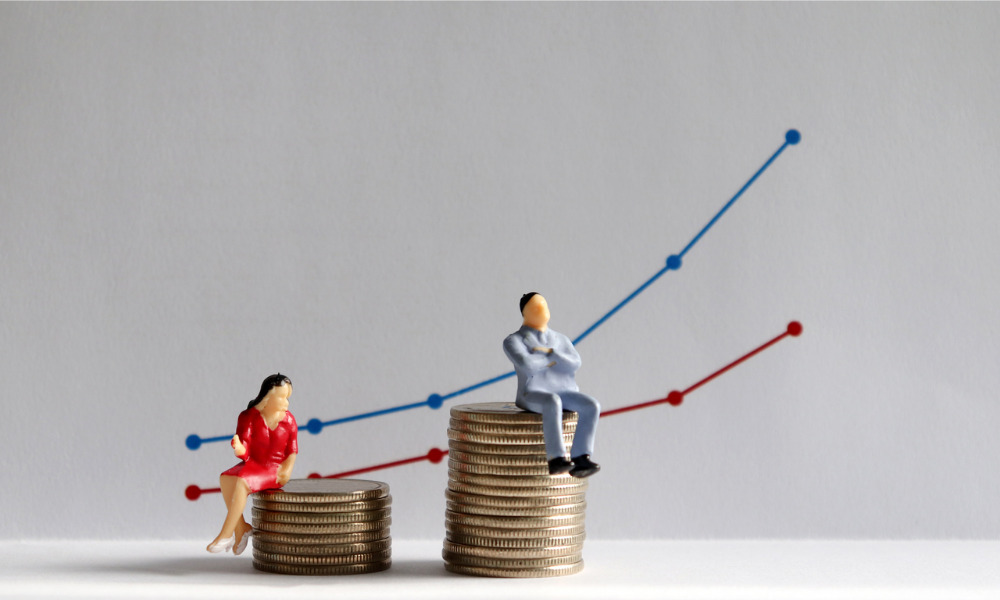
How can HR leaders play their part in spearheading change?

New Zealand’s gender pay gap has remained stagnant at 18.5% in the wake of the pandemic, according to analysis by Strategic Pay.
The findings of the 2021 Pay Equity Booklet show New Zealand still has a long way to go in addressing the barriers to pay equity and representation of women in senior positions. The pay gap has risen 0.8% from 2020, and currently just 19% of large organisations have a female CEO. According to the analysis, the main increase in the pay gap is within the top roles, indicating that less women are progressing into senior positions.
Speaking to HRD, Strategic Pay’s managing director Cathy Hendry said there was a missed opportunity in the wake of the pandemic for organisations to address existing pay gaps.
“One of the issues we've seen is that when the pandemic first hit a lot of organisations chose to freeze pay. But then, when they did feel a little bit more confident, we were seeing organisations doing across the board increases,” she said. “That is actually the worst thing you can do when you've already got a pay gap because it’s just a percentage. When you throw a percentage at it, your pay gap just gets bigger.”
Read more: Flexible working: Is it given or is it earned?
Hendry pointed out that while New Zealand’s unemployment rate has been dropping because of the lack of migration, the underemployment rate has gone up. Women tend to make up the majority of those underemployed because they’re more likely to be working part-time with childcare responsibilities or work within industries like hospitality that have been decimated by the pandemic.
Strategic Pay’s gender gap analysis looks at more than just base pay, taking in other financial factors like vehicles, KiwiSaver and bonuses. The findings are based on a sample of over 187,000 employees. Hendry said examining the pay gap based solely on base pay “misses the full picture” of the inequality between NZ’s men and women. If business leaders are serious about tackling their pay gaps, then starting with the most detailed and accurate data is a key place to start.
The 2021 findings highlighted that on average, bonuses received by women were almost 50% smaller than men’s. While the average bonus for women was $3,000, for men it was $5,615. Women also received almost 20% less KiwiSaver, 32.2% less in car allowance and the value of their car was almost 20% lower.
The data reiterated that women tend to be in lower-paid roles, either because their role is valued less compared to male-dominated roles, such as caring or customer facing jobs, or because wages in the sector are not being driven up by a talent-shortage. The closed borders have caused wages in certain industries like construction to skyrocket, driving the gender pay gap higher.
Beyond pay, HR leaders must address representation in their organisation. If women aren’t being promoted into top roles, ask why not? If there’s a lack of women in the industry, look for the barriers that may be putting women off.
Read more: Top 50 companies with the happiest employees
Hendry acknowledged that there are broader, societal issues behind the pay gap and the business community cannot tackle it alone. But there are measures they can take, and in a talent-short market, a strong commitment to DEI could be the differentiator for securing top talent.
“The first thing they need to be doing themselves is looking at their workforce and seeing whether they have an overall pay gap. But then they also need to address the pay gap at the levels and make sure pay is distributed fairly in that way too,” she said.